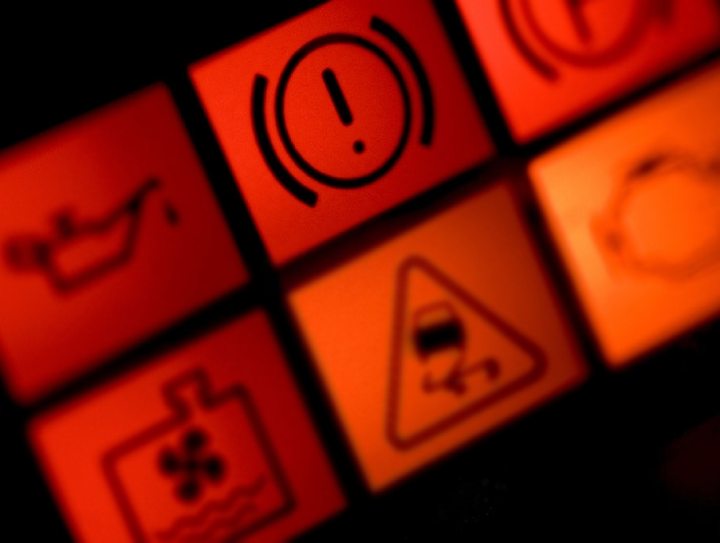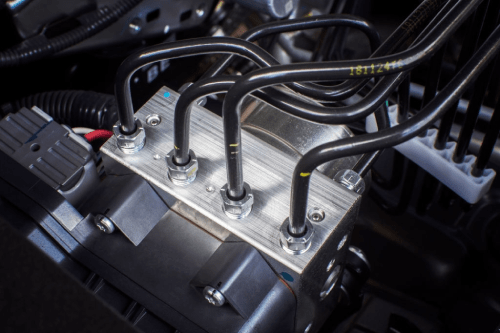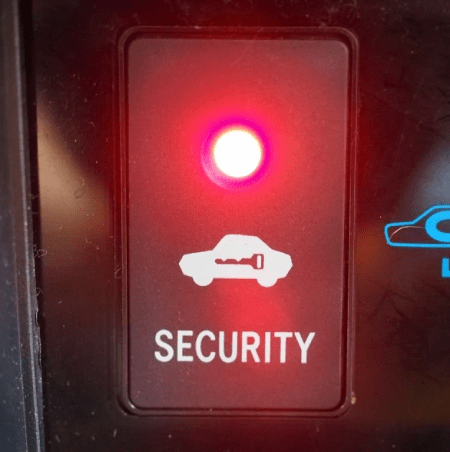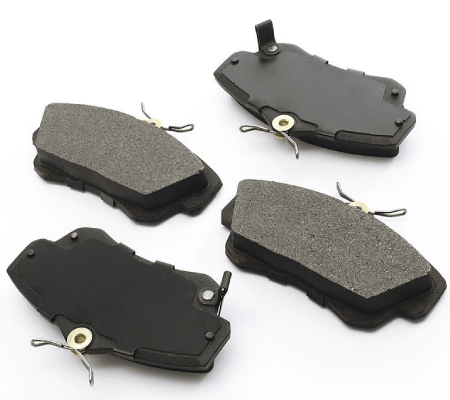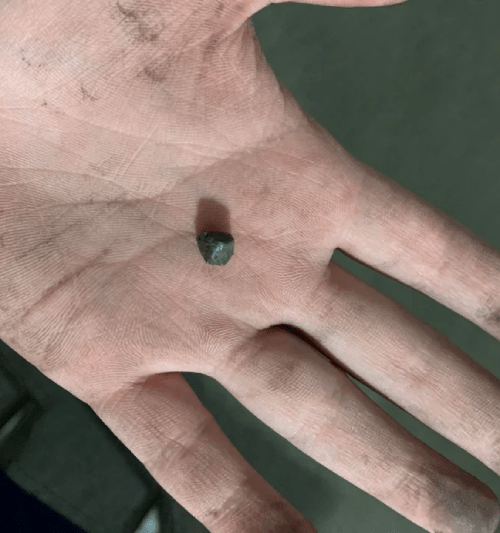Who does not love modern cars? The speed, comfort, aesthetics, and versatility offer more than enough valid incentives regarding the purchase. Still, the safeguards put in place to ensure the proper functioning of the vehicle exist as the metaphorical icing on the cake.
Realistically, however, it is unlikely that these are your sentiments as a Mazda owner when you first notice that the AT light on your dashboard has come on. “What now?” you probably might groan.
- What Is the AT Light?
- What Does It Mean When the AT Light Comes On?
- What Should You Do When the AT Light Comes on Your Mazda 3?
- How Do You Reset the AT Light on Your Mazda 3?
- What Should You Do When the AT Light Comes On?
- Can You Drive Your Car If the AT Light Is On?
- What Are the Signs That the Transmission Is Failing in Your Mazda 3?
- Bottom Line
What Is the AT Light?
The AT light in Mazda vehicles stands for “Automatic Transaxle” light. When this light comes on, it is advisable to stop the car as soon as possible and take the vehicle for servicing.
Ordinarily, the light would go off once the car is restarted, but you can be assured that it will come back on soon; ignoring it might prove detrimental to your vehicle in the long run.

What Does It Mean When the AT Light Comes On?
The AT light will indicate a possible fault with the automatic transmission of your Mazda 3. The most common cause is a low automatic transmission fluid (ATF) level, but there can also be other transmission issues triggering the light.
There are various problems that the AT light might indicate, and it is important to run checks on the car as soon as possible.
This could be the difference between the continued seamless function of your vehicle and irreparable damage to the engine.
You can learn more about automatic transmission problems by reading this article: What Should I Do If Gear Shifter Moves but Doesn’t Change Gears?
What Should You Do When the AT Light Comes on Your Mazda 3?
The AT warning light does not signal your vehicle’s death knell (probable or imminent), and there are things an owner can do to remedy the issue.
These are to be discussed below:
Check the Automatic Transmission Fluid Level
Anyone with even the most rudimentary knowledge of cars knows that the transmission is basically the part of the car that converts the power from the engine into the moving force that pushes the car forward with the wheels.
The transmission fluid is an essential part of this setup. It is responsible for lubricating mechanical components, maintaining fluid pressure, cooling, and preventing oxidation and rust.
The AT light might come on when the automatic transmission fluid is low or when it has become dirty and is not functioning as well as needed.
This might mean that there is a leak (caused by wear of the transmission pan, breakage of transmission seals, failure of the transmission pan gasket, etc.). A mechanic should do the repairs in case of a leak, and the replacement cost is around $150 to $200.
If there are no leaks, it still would be reasonable to check the transmission fluid level. This is done by locating the dipstick (with the engine warm and the gear shift in neutral), pulling it out, then checking the graduated level on the dipstick to which the fluid stops.
The fluid quality should be checked, too; clean fluid is clear and pinkish. If the fluid seen is anything besides that, it would be drained and replaced. In Mazda 3s, the ATF fluid goes inside the engine, under the air filter assembly.
The Mazda 3 is good on about an average of 7.5 quarts of ATF and needs to go 30-35k miles between flushes of ATF.
Use an OBD-II Scanner on the Vehicle to Check for Codes
OBD scanners (onboard diagnostics) connect to the car’s system and run diagnostics on the issues the vehicle faces. If the AT light is on, another cause might be that the vehicle has lost communication with the TCM (Transmission Control Module).
It is something a hands-on person can fix within an hour and a half.
The TCM is located underneath the battery, and to get access, the battery must be removed. The old TCM can be replaced with a new one when access is obtained.
How Do You Reset the AT Light on Your Mazda 3?
Resetting the AT light won’t fix the problem, as it will only make the warning message disappear. After a couple of days, the AT warning light might reappear, trying to alert you of a possible issue with your transmission.
Here is what you need to do:
Step 1: Switch on just the ignition, not the engine.
Step 2: Press the accelerator all the way and hold it there for at least 30-40 seconds.
Step 3: Release the accelerator.
Step 4: Switch off the ignition and remove the key.
Step 5: Start the car, and the AT warning light should disappear.
What Should You Do When the AT Light Comes On?
If the warning light comes on when starting the car, it is recommended not to drive it away and switch off the engine. Proceed to inspect for any ATF leaks and if you can, use an OBD scanner to read any error codes.
If the AT light illuminates while you are driving, finding a safe place to pull over where you can perform the same steps described above is recommended.
If unable to locate and fix the problem, you should call recovery instead of trying to drive the car with the warning on. You risk damaging the automatic transmission, which might end up costing you a lot more to fix than a tow truck.
Can You Drive Your Car If the AT Light Is On?
I recommend avoiding driving the car at all costs when the AT warning light shows up on your Mazda 3 dashboard. This is a serious cause of concern, and you should have a mechanic inspect the car as soon as possible.
Continuing to drive the car can damage the transaxle.
You can learn more about automatic transmission problems by reading this article: Why does my car die when put in gear?
What Are the Signs That the Transmission Is Failing in Your Mazda 3?
One must understand the various symptoms of a transmission failure, so it becomes easy to act against them in the event of an AT warning. A few are mentioned below.
- Gear slippage
This can easily be explained as a phenomenon whereby the car fails to accelerate properly. This is caused by low levels of ATF, leading to the stutter of hydraulic pressure that the fluid would usually provide for the transmission to work correctly.
- Strange sounds or a burning smell
These tell-tale signs signal even to a car neonate that the transmission has issues. It is also easy to note because these sounds and smells would be nothing like the car’s everyday sounds; one might hear whizzing, buzzing noises.
- Dashboard light comes on
Most people who have driven for so long have learned to ignore the check engine light whenever it comes on, but this signal might alert. This light detects and alerts the driver of things that usually pass under the radar.
- Refusal to change gears
At the core of the car, transmissions are the gear shift. It, therefore, can be expected that the shifting of gears would be affected by a bad transmission.
The gear mechanism does not function as intended when the automatic transmission develops a fault. The car refuses to accelerate, and the tell-tale sound of the engine does not match the car’s speed.
- Slipping gears
This is caused by wear and tear and is probably the most dangerous symptom of a bad transmission. Drivers need to accelerate and decelerate immediately on the road, which is sometimes unavoidable.
Having a car that does not respond in such a scenario or spontaneously changes to neutral can be detrimental to the driver’s safety and others.
When there is an issue of slipping gears, the car will rev whenever there is a gear change.
You can learn more about automatic transmission problems by reading this article: Why Is the Drive Light Blinking on My Honda Pilot?
Bottom Line
Driving the car when the AT light is on is possible, but it is not advisable or enjoyable. For one, you might end up spoiling the car.
Another good reason is that the car would not even accelerate. It would be best to take the vehicle to a mechanic and sort out the transmission issues so both the car and driver are safe.
Sources
My name is Jeffrey Williams and I have been a car mechanic for over 35 years. I am currently working NYC Auto Repair Shop, in New York City and recently developed a strong passion about blogging. I decided to put together this blog where I will try and answer the most commonly asked questions I get on a daily basis from my customers.


